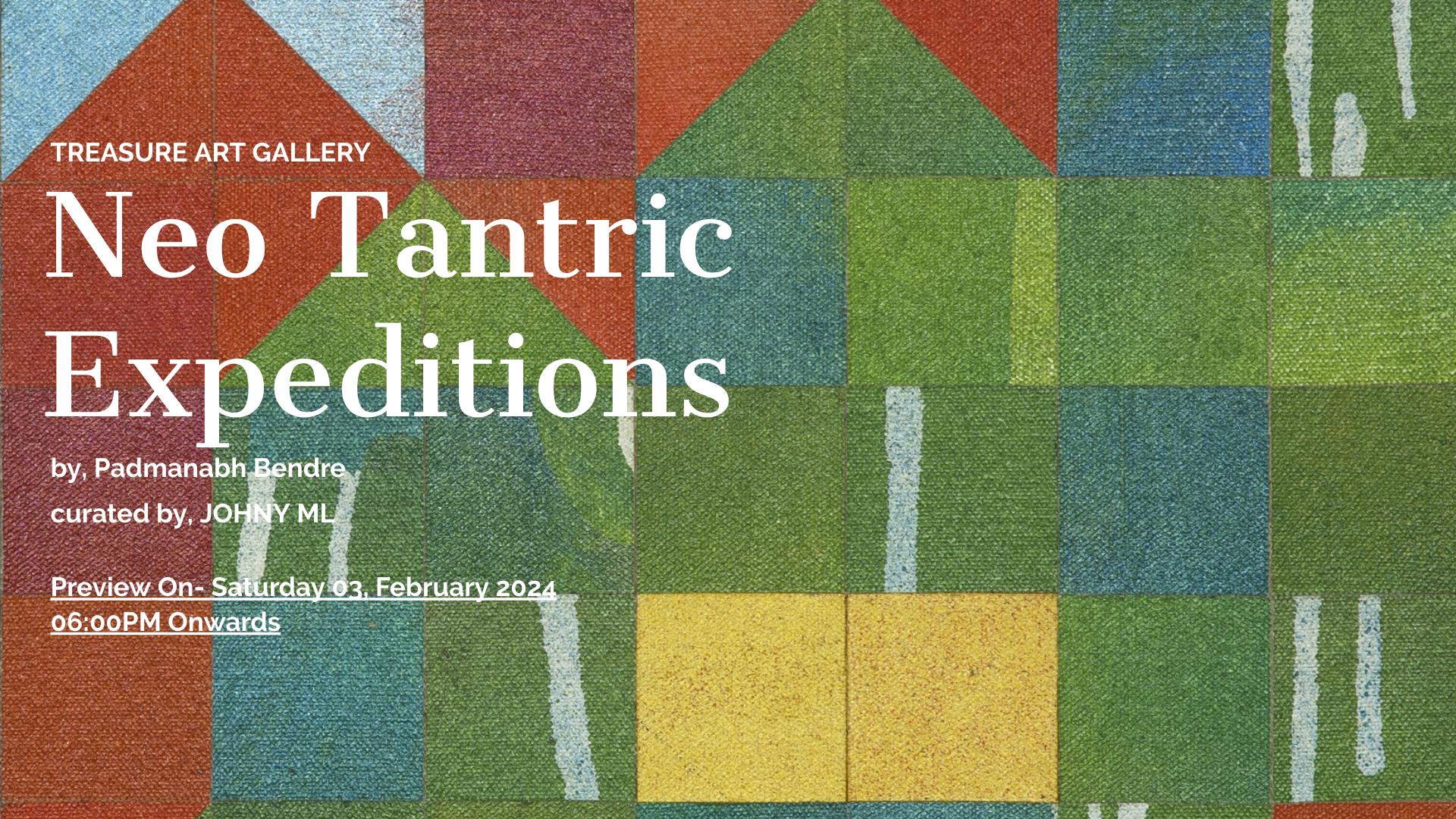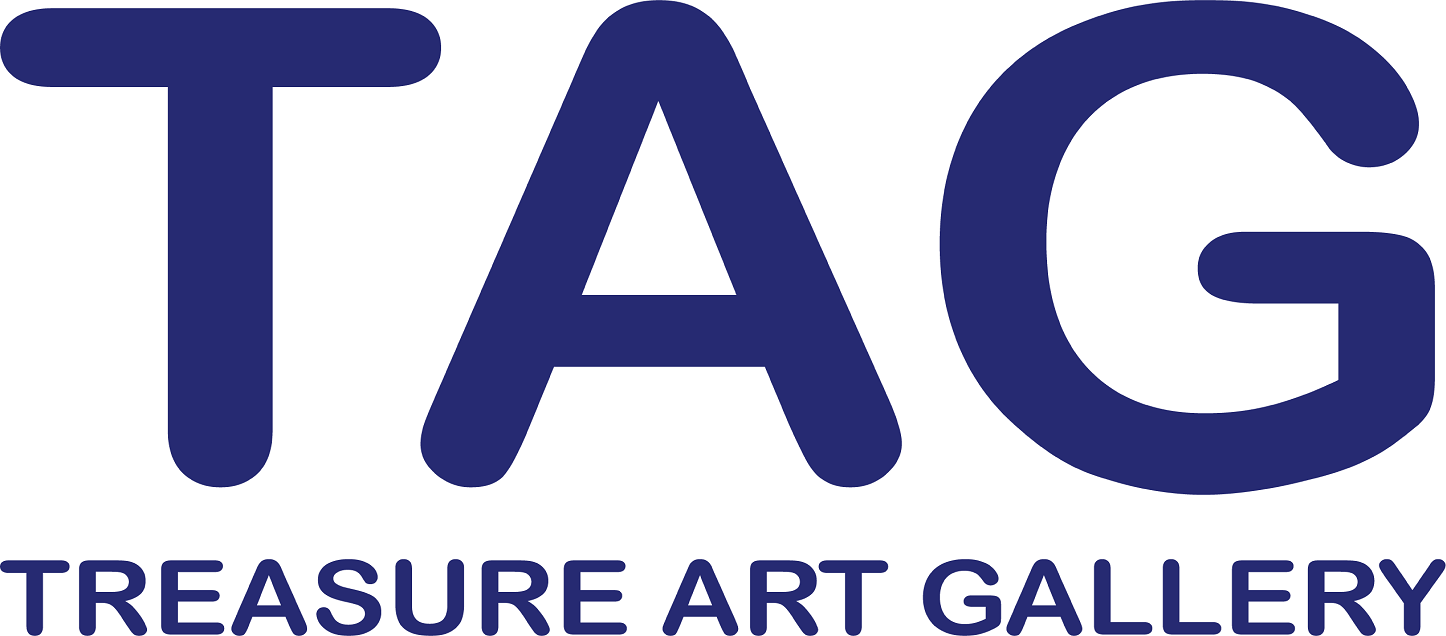
Locating a Kaleidoscopic Visual Zone
Meticulousness in deep aesthetical deliberations and precision in execution make the paintings of Padmanabh Bendre done between 2015 and 2017 appealing to the viewers. Bendre takes his inspiration from the Op Art Style that became a highly sought after art lingua during the 1960s as it heralded the arrival of other conceptual art practices. In more than one sense, the style of Bendre has the vibrancy of a conceptual artist who divides the pictorial plane with lines and grids capable of creating illusionary perspectives and movements. His aesthetical approach also implies its rootedness to Neo-Impressionistic language which is popularly known as Pointillism. However, Bendre brings his two dimensional pictorial surfaces to life by giving them an extra edge of abstraction. The more one goes beyond the illusionism that the paintings impart the more one comes to see and experience the minute notes of movement that together makes an ensemble of a galaxies of its own. Bendre trusts symmetry, order and harmony, often seen in the ritualistic repetition of traditional and folk arts that are at times adopted and polished to make classical art forms. The patterns thus formed seem to give him an immense of sense of satisfaction. But the artistic quirkiness pitches in when he decides to break the symmetry suddenly and attribute the whole structure with a methodical imbalance and unpredictable dynamics.
A sensible and sensitive viewer could discern the path of Bendre’s journey to the Op-based conceptual paintings while looking at the works done between 2008 and 2015. He makes various sojourns in the beautiful landscapes of varying aesthetical affinities. The works done since 2008 exemplify Bendre’s interest in experimenting with Expressionism, Abstraction and Neo-Impressionism. He is expressionistic while dealing with the most malleable form of Lord Ganesh. Without losing the cuteness, verve and sanctity of the image, using various hues, he builds up the physical shape of the godhead, as if it were a supreme abstract form, irrespective of the medium. At the same time one could locate the origins of his working towards the Op-based paintings. In this series, the grids are not visible and defined as seen in the aforementioned works. Rather, Bendre seems to be interested in abstracting the definite forms such as landscapes, cityscapes and other complex physical forms, exactly the way we see in the works of early Ram Kumar and S.H.Raza. As one moves forward, a series done in 2013-14 comes to the fore; image based abstractions, where Bendre seems to be experimenting with discernable forms such as flowers, butterflies and so on through controlled brushstrokes layered with free-dripping colors. He makes a statement regarding the artistic liberty by juxtaposing the improbable treatment of brushstrokes.
Bendre’s latest series of paintings done in 2023 stand out because they bring forth the symphonic climaxing of a visual ensemble that the viewers have been treated with hitherto. The works could be largely described as paintings belonging to the Neo-Tantric Internationalist art movement. For the artists who had been the flagbearers of this style, abstracting the obvious and letting the resultant formations apparent were great achievements. However, Bendre walks an untrodden path; his geometrical approach is basically different from that of the pioneers. He, through his geometrical tools and methods vivisects and deconstructs the fundamental form and constructs harmonious symmetries that come to hold the universal forms that are explained philosophically and spiritually by the viewers and experts. Resultant images of such vivisection frame the works in a specialized kaleidoscopic visual zone, giving them a four sided orientation, suggesting the four faces, four directions, four time zones and four eons narrated in different contexts in the Indian philosophy.
JohnyML
January 2024
New Delhi
